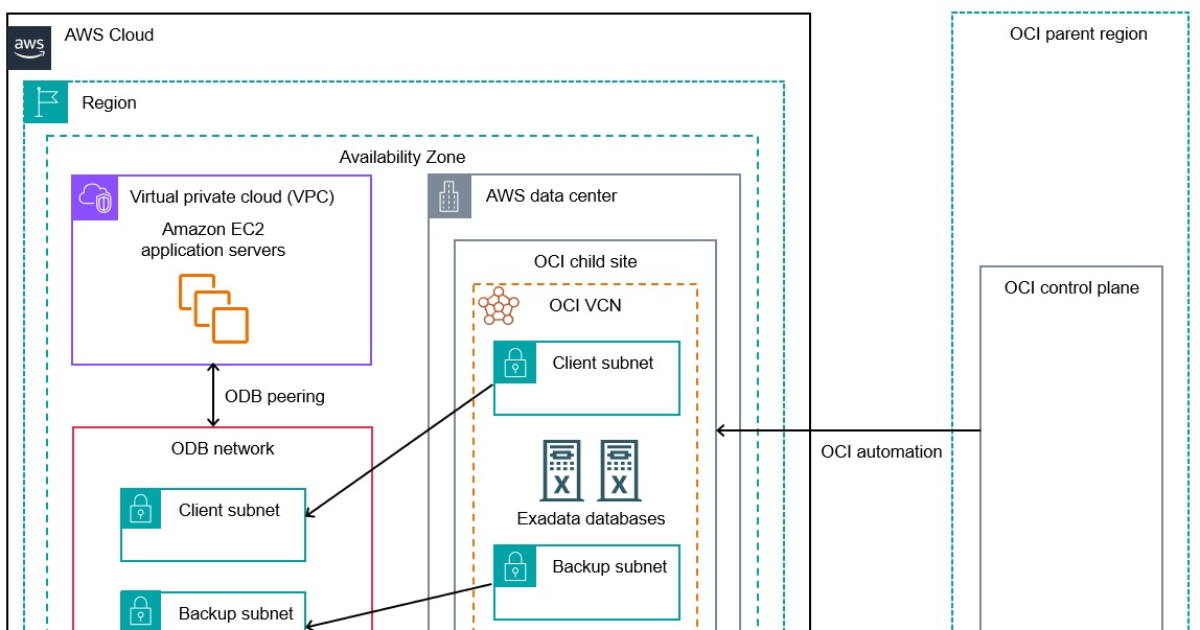When Silicon Valley envisioned the metaverse, it promised us virtual shopping malls, avatars in luxury sneakers, and office meetings in cartoonish boardrooms. It was slick, noisy, speculative — and, ultimately, underwhelming. Investors chased hype cycles. Marketers chased Gen Z. But somewhere offstage, quietly and deliberately, the metaverse began to fulfill its real potential — not in the hands of gamers, but in the hands of patients.
Because the true future of immersive tech was never about play. It was about healing.
VR Is Not a Toy. It’s a Therapy Room.
While the word “metaverse” has largely faded from headlines, virtual reality itself has quietly found a second life in the one place no one expected: clinics. Not game studios. Not entertainment platforms. Clinics. Rehabilitation centers. Oncology units.
In the UAE today, VR-based emotional therapy is being actively tested as a structured part of post-treatment care. Patients who have finished chemotherapy, struggled through chronic pain, or faced cognitive decline due to illness are now using virtual environments — not to escape their experience, but to process it.
This is not “digital distraction.” This is a designed confrontation. And it marks a major shift in how we think about recovery.
Because medicine may treat the illness, but who treats the trauma?
Gaming Built the Tools. Healthcare Gave Them Meaning.
For years, immersive technology was chained to the entertainment sector. It was a medium built for dopamine: fast, competitive, and often disorienting. But healthcare saw something else. Something slower, quieter — and far more profound.
Patients dealing with trauma, depression, cancer, or neurodegenerative diseases don’t need escape. They need structure. A safe environment. A controlled cognitive challenge. And most importantly, a sense of self returning after it has been fractured.
Therapeutic VR — now being used in rehabilitation centers in Dubai, Abu Dhabi, and beyond — flips the script. Instead of bombarding the user, it invites introspection. In one example, a cancer survivor enters a calming virtual environment where they’re asked to identify their deepest fear, visualize it as two glowing spheres, and — using only focused thought — merge those spheres into one.
It’s surreal. It’s symbolic. But it works. Not because it’s magical, but because it’s methodical.
Cognitive psychology has long shown that symbolic visualization — especially in altered perceptual states — can support trauma recovery and anxiety reduction. What the headset does is scale that inner work into something structured and repeatable.
Emotional Recovery Isn’t a Bonus. It’s the Treatment.
Let’s be honest: we’ve neglected emotional and cognitive rehabilitation for far too long. After the tumor is gone, after the surgery is done, after the chemo has finished — what then?
Many patients, particularly those who survive major illnesses, describe post-treatment life as a psychological void. Their physical symptoms improve, but mentally, they feel lost. Afraid. Disconnected from who they were. For Alzheimer’s patients, there may be no physical tumor at all — but there is an emotional disintegration that accelerates with every forgotten memory.
This is where immersive therapy has a chance to redefine care.
VR enables something traditional therapy cannot: safe simulation of internal states. Unlike Zoom-based cognitive behavioral therapy, immersive therapy doesn’t rely on verbal explanation. Instead, it creates a felt experience — where a patient can relive, reframe, and reset.
In early-stage trials conducted in the UAE with cancer patients and chronic illness sufferers, researchers observed decreased anxiety and improved emotional regulation. This aligns with global findings — such as the 2023 Cleveland Clinic study, which found that VR interventions significantly reduced depressive symptoms in cancer survivors.
And this is only the beginning.
The Clinic Is Becoming the Lab
One of the most exciting trends in healthtech today is the convergence of neuroscience, behavioral data, and immersive design. In the UAE, hospitals and research centers are beginning to collaborate with psychotechnology companies to test VR-based interventions as part of formal rehabilitation.
What’s being tested is not just the “wow” factor — but the measurable outcomes. Improvements in sleep. Reductions in cortisol. Enhanced memory recall. Lower incidence of post-treatment anxiety.
What we’re seeing is a shift from abstract “wellness” to something far more clinically actionable.
And unlike most digital therapies, this new generation of VR systems prioritizes offline use. Many are not connected to the cloud or internet — a deliberate move to protect neurological data. Privacy isn’t a footnote. It’s a feature.
A Mirror, Not a Mask
If this all sounds futuristic, it’s worth noting: the roots of this movement go back decades. Long before the metaverse hype, pioneers in psychotechnology were using simple computer games, biofeedback tools, and visualization techniques to help patients regulate stress and emotion.
The difference now? The tech has finally caught up with the intent.
Today’s immersive environments are more than pretty landscapes. They are personalized, responsive, and — in some cases — capable of integrating patient data like heart rate or neurofeedback to adapt the experience in real time.
And it begs the question: why should rehab be limited to worksheets and group sessions when an immersive, intelligent environment can do what words often can’t?
The Metaverse Was a Misfire. But Its Tools Are Priceless.
Let’s not confuse the failure of a marketing term with the failure of a technology. The metaverse, as imagined by tech giants, may have fizzled — but the infrastructure it birthed is finding its soul in healthcare.
We don’t need more avatars in sneakers. We need environments that heal. Safe spaces to feel grief without breaking. Tools that allow the brain to rebuild trust in itself.
The real metaverse won’t be a place you “log into.” It will be a therapeutic layer — woven into clinics, recovery centers, and maybe even homes. Not to isolate, but to reconnect. Not to impress, but to restore.
And in countries like the UAE — where innovation in healthcare is matched by serious investment and policy support — this isn’t a distant dream. It’s happening now.
We Got the Target Wrong. But the Future Is Still Ours.
Maybe the mistake wasn’t in building the metaverse — but in building it for the wrong people. Gamers didn’t need it. Patients did.
And now, slowly but surely, we’re beginning to get it right.











